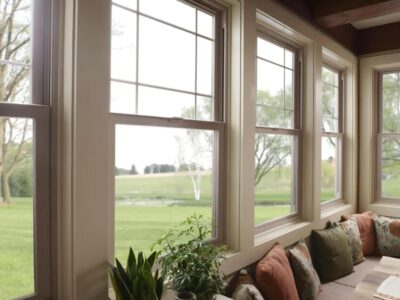Allergens in the home, especially in rugs, can pose significant health risks. Common allergens such as dust mites, pet hair, mold, and pollen often accumulate in rugs and carpets. These can trigger respiratory issues like asthma and allergic rhinitis, causing symptoms such as sneezing, coughing, and difficulty breathing. To manage these allergens, it’s essential to keep your rugs clean.
Let’s go over some effective ways to reduce allergens by cleaning your rugs.
One of the most effective strategies for minimizing allergens in rugs is regular vacuuming. Using a vacuum equipped with a high-efficiency particulate air (HEPA) filter can dramatically reduce the allergens in your home. HEPA filters are designed to capture tiny particles that could otherwise be recirculated back into the air. Ideally, you should vacuum your rugs at least twice per week to maintain low allergen levels.
Steam cleaning is another great option for reducing allergens in wall-to-wall carpets. The heat from steam can kill dust mites and eliminate deeply embedded dirt that vacuuming might miss. Experts recommend steam cleaning your carpets at least once every six months for the best results. If you suffer from severe allergies, you may need to steam clean more often to maintain a comfortable living environment.
Handmade wool rugs and area rugs—previously known as “Oriental rugs”—should never be steam cleaned or treated with chemical cleaners. Steam can cause the dyes in these rugs to bleed, and chemicals may strip away their natural oils. Many rug specialists, like David Chase Rugs & Furniture, recommend cleaning handmade wool rugs using a cold water process that uses gentle soaps or detergents. This process helps preserve the appearance and durability of your valuable rugs. Hand washing is recommended as the best way to care for these rugs, ensuring their longevity. Wool rugs should never be subjected to steam or dry cleaning.
Controlling humidity levels in your home is another essential aspect of managing allergens. Dust mites thrive in humid environments, so keeping humidity below 50% can help significantly. Placing dehumidifiers in key areas like bedrooms and bathrooms can reduce moisture, which in turn prevents mold and dust mites.
For deeper cleaning beyond your regular methods, it’s wise to hire professional cleaners who use allergen-free cleaning techniques. A professional cleaning every six months to a year can ensure your rugs remain thoroughly cleaned and allergen-free.
By following these rug cleaning recommendations, you can greatly reduce allergens in your home, creating a healthier living space. For more details on rug cleaning practices, please consult the accompanying resource.











Comments